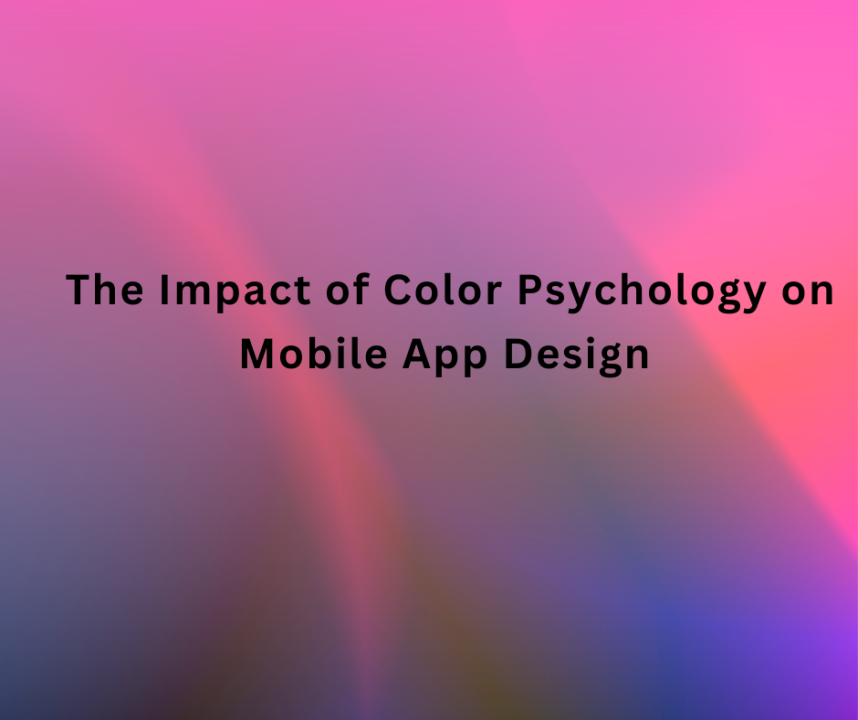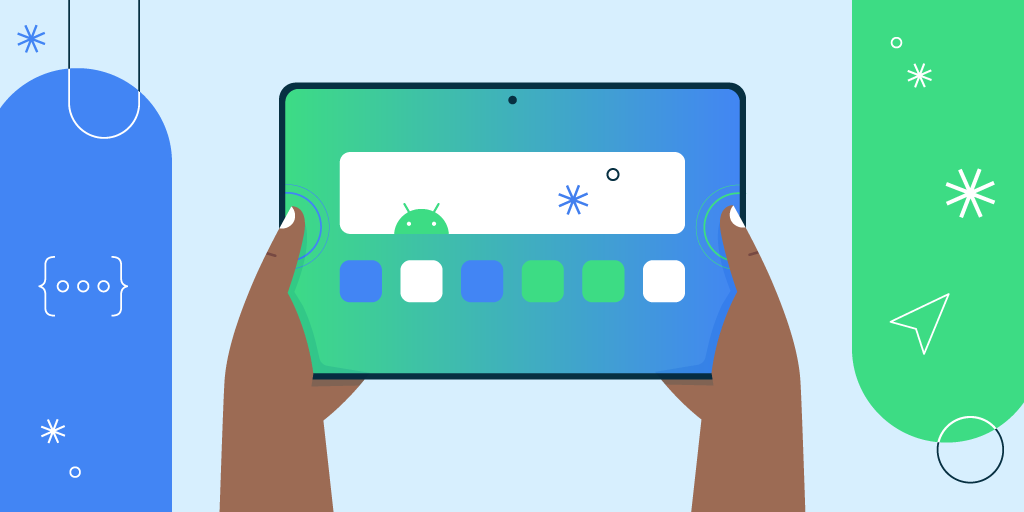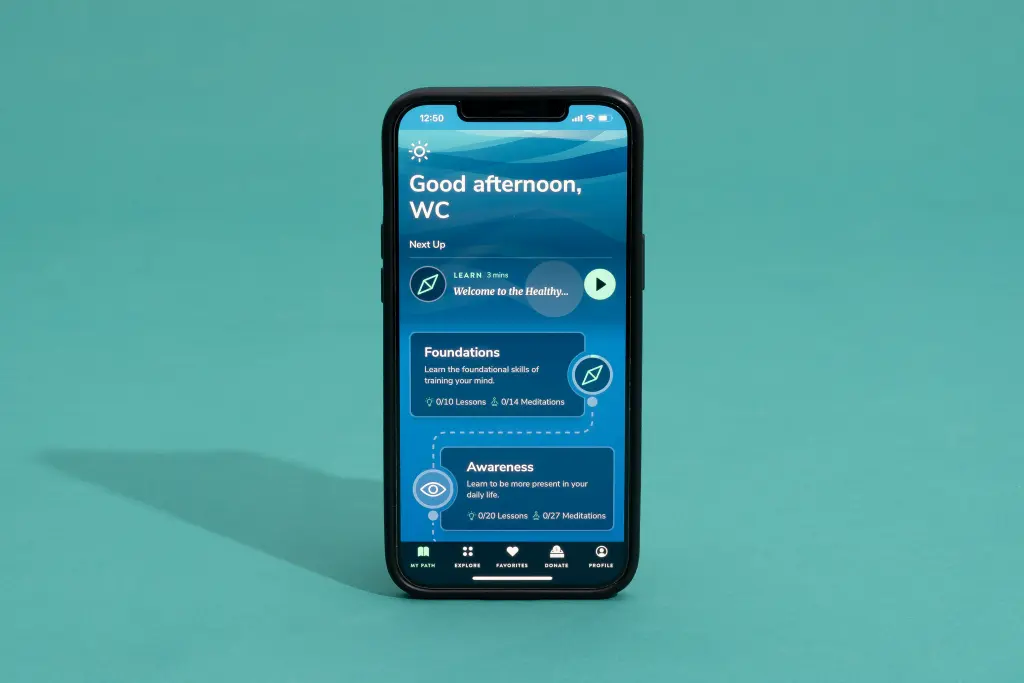Introduction
Color is a powerful tool that can be used to evoke emotions, create brand identity, and improve the user experience of a mobile app. As a result, it is essential for app developers to understand the psychology of color and how it can be used to achieve their goals.
The Psychology of Color
Color is a complex topic that has been studied by psychologists for many years. One of the most well-known theories of color psychology is the color wheel, which shows the relationship between different colors. According to the color wheel, colors can be divided into three categories:
- Primary colors: Red, yellow, and blue
- Secondary colors: Orange, green, and purple
- Tertiary colors: Colors that are created by mixing a primary color with a secondary color
Colors can also be described as warm or cool. Warm colors, such as red, orange, and yellow, are associated with energy, excitement, and passion. Cool colors, such as blue, green, and purple, are associated with calmness, peace, and tranquility.
The Role of Color in Mobile App Design
Color plays a vital role in mobile app design. It can be used to:
- Create a brand identity: The colors that you choose for your app can help to create a strong brand identity. For example, if you want your app to be perceived as fun and playful, you might choose to use bright colors such as yellow and orange.
- Evoke emotions: Colors can be used to evoke specific emotions in users. For example, if you want to create a sense of trust and security, you might choose to use blue or green.
- Improve the user experience: Colors can be used to improve the user experience of your app. For example, you can use color to highlight important information or to make your app more visually appealing.
Tips for Using Color in Mobile App Design
Here are a few tips for using color in mobile app design:
- Use a limited color palette: It is important to use a limited color palette in your app design. This will help to create a cohesive and professional look.
- Use color to create contrast: Use color to create contrast between different elements of your app. This will help to make your app more visually appealing and easier to use.
- Use color to guide the user: Use color to guide the user through your app. For example, you can use color to highlight important buttons or navigation elements.
- Test your colors with users: It is important to test your colors with users to make sure that they are effective. You can do this by conducting user testing or by using a color survey tool.
Conclusion
Color is a powerful tool that can be used to create a successful mobile app. By understanding the psychology of color and following the tips in this article, you can create an app that is both visually appealing and user-friendly.




